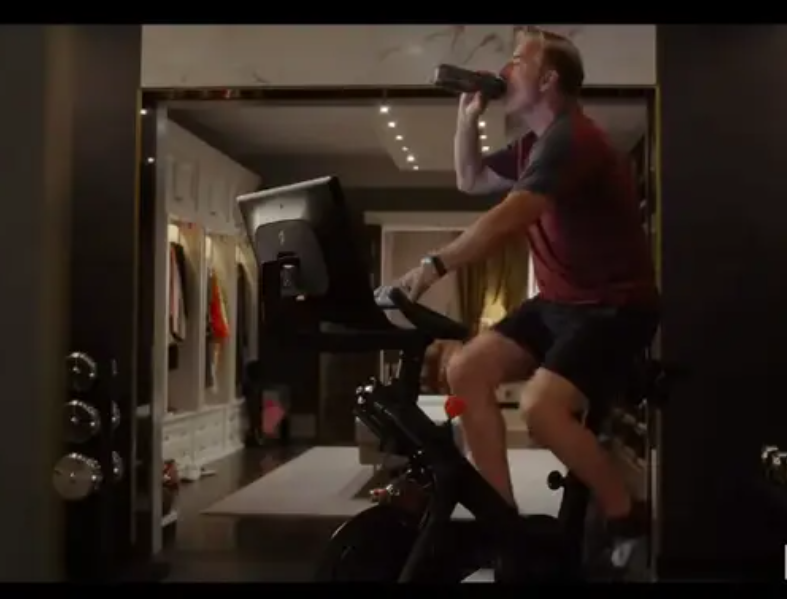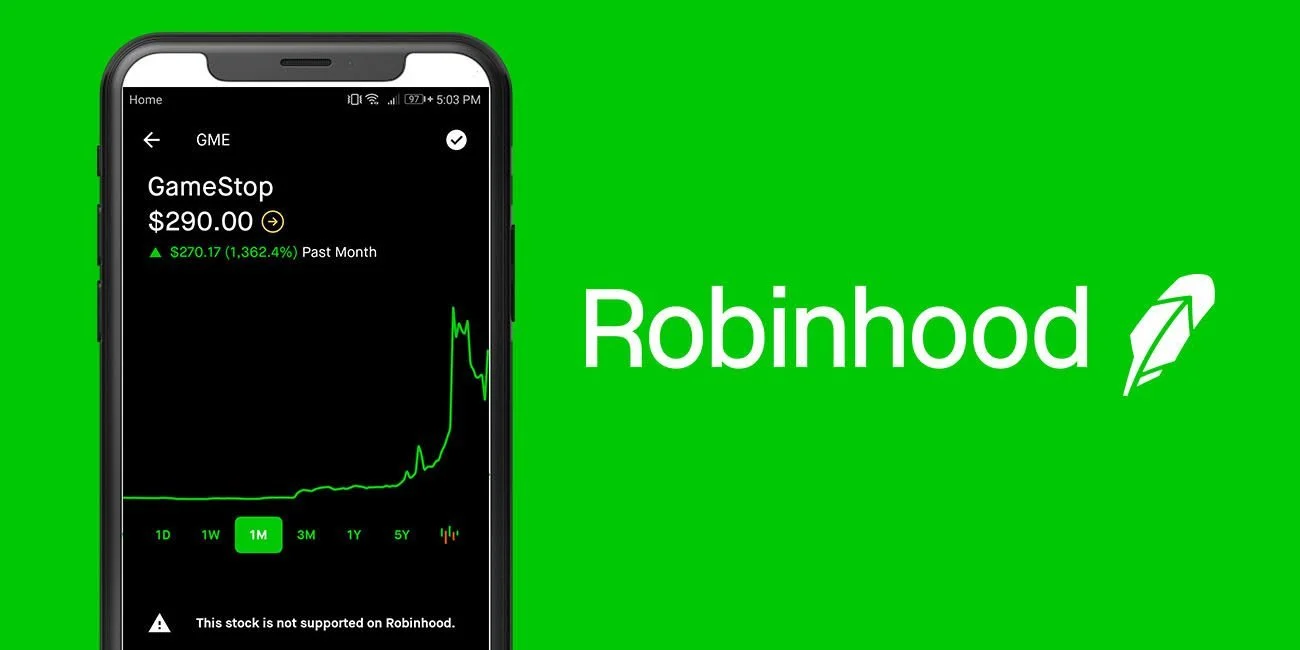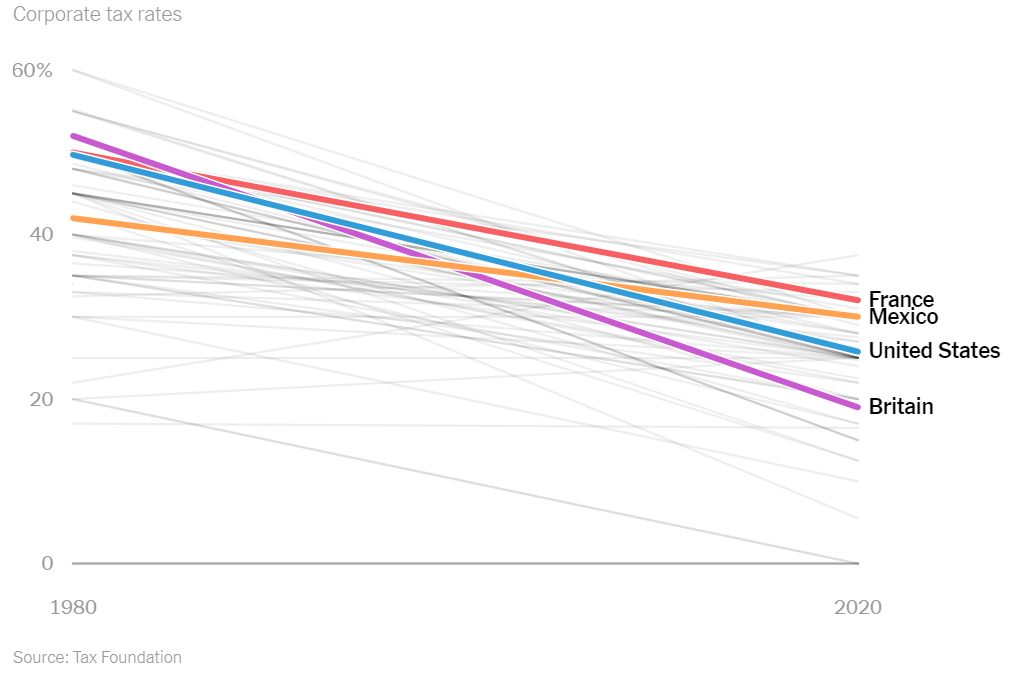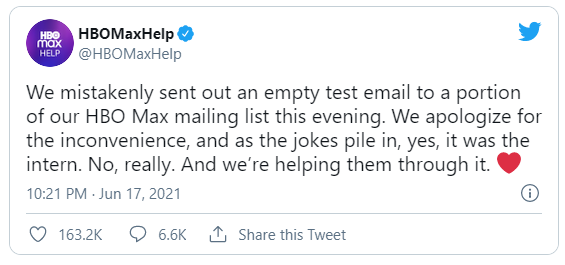The CEO of U.S. mortgage company Better.com announced via Zoom that 900 employees, about 15% of the company, were being laid off. Vishal Garg invited people in the exiting group to the call and then dropped the news: “If you’re on this call, you are part of the unlucky group being laid off. Your employment is terminated effective immediately.” In a way, the Zoom call replaces an email typically sent to all employees before they meet individually with an HR representative.
The video is circulating on YouTube, and we hear one employee’s reaction as she watches: “You’ve gotta be kidding me. After all we did for the company! . . . I can’t believe this. This is not real.”
Certainly, this doesn’t reflect well on the company, particularly because it’s right before year-end holidays. News articles also question Garg’s management style and financial dealings. After the layoffs, he was quoted accusing employees of “stealing” from their coworkers by being unproductive. Reports also mention an email sent to staff, including, "You are TOO DAMN SLOW. You are a bunch of DUMB DOLPHINS... SO STOP IT. STOP IT. STOP IT RIGHT NOW. YOU ARE EMBARRASSING ME.” In addition, Garg faces lawsuits claiming fraudulent activity and misappropriation of funds.
History aside, CNN describes the Zoom call as “short and emotionless.” At times, Garg focuses more on himself than on employees. He said, “This is the second time in my career I'm doing this, and I do not want to do this. The last time I did it, I cried.”
I will give him credit for taking responsibility during the call, saying it was his decision. He also scheduled a call instead of, say, sending an email. He demonstrated accountability and some courage, but Garg lacked compassion. Overall, I’ve seen worse, for example, layoff by text message.
UPDATES: Garg wrote an apology about how he handled the situation. Although he uses the words “I apologize” and describes some of the impact on employees, the audience doesn’t seem quite right. He writes about the future, which includes employees who are staying but not the 900 who were on the Zoom call.
The Better.com board of directors announced that Garg will take some time off. Perhaps his worst crime is that the video went viral; he should have predicted that.






















